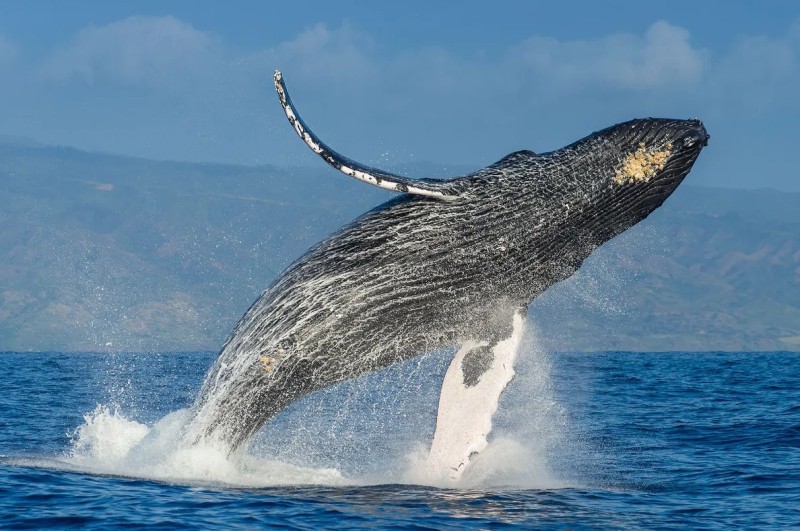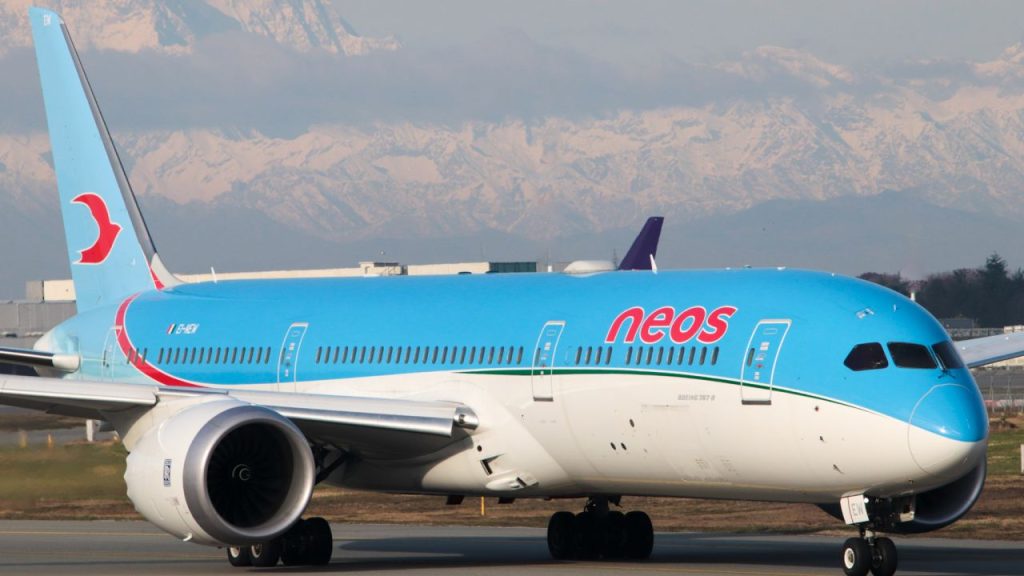The Global Association of the Exhibition Industry (UFI) has released the latest and 30th edition of its flagship Global Exhibition Barometer survey, which takes the pulse of the industry.
The results highlight the industry’s accelerating recovery in 2022 and a positive outlook for 2023.
While there is strong evidence that the COVID-19 pandemic is now over for most markets, where full recovery is expected in 2023, there remain a few markets, including China, where recovery is not yet expected this year. Globally, operations continue to improve, with the proportion of companies reporting “normal activity” rising steadily from 30% in January 2022 to 72% in December 2022, and expected to reach 80% by June 2023 – in line with pre-pandemic levels.
Companies in most markets expect to deliver 2022 results close to their 2019 levels. In terms of operating profit, about half of companies report an increase or stable level for 2022 compared to 2019 levels, rising to 7 in 10 for 2023. These results for 2022 were achieved without any public financial support for 69% of companies, and for half of those that did, this support represented less than 10% of their overall costs.
The most pressing business issues also reflect how the sector is now focusing on post-pandemic challenges and opportunities: ‘Internal management challenges’ (highlighted by 20% of respondents), ‘Impact of digitisation’ (16%), ‘State of the economy in the domestic market’ and ‘Changing global economy’ (15% of responses each) are the most common. In comparison, “Impact of the COVID-19 pandemic on the business” is now marked by only 5% of businesses as one of the most important issues (compared to 19% twelve months ago).
“We can stop focusing on “post-pandemic recovery” and move on! This 30th edition of our Barometer confirms that the recovery phase is ending in most markets around the world. While each market has its own specificities, the overall focus has shifted to the challenges ahead. Internal management – mainly recruitment – and the need to further develop digitalisation are major concerns worldwide,” says Kai Hattendorf, Managing Director and CEO of UFI.
Size and scope
This latest edition of UFI’s bi-annual industry survey was completed in January 2023 and includes data from 367 companies in 56 countries and regions.
The survey also includes outlooks and analysis for 21 target countries and regions – Argentina, Australia, Brazil, Chile, China, Colombia, France, Germany, Greece, India, Italy, Malaysia, Mexico, Saudi Arabia, South Africa, Spain, Thailand, Turkey, UAE, the UK and the US – as well as five additional aggregated regional areas.
Operations
The highest levels of ‘normal activity’ for the first half of 2023 are expected on average in Brazil (98%), Turkey and the US (95%), the UK (90%), Italy and Thailand (88%), and Spain and the UAE (85%). In China, only 29% expect normal activity, and 40% expect reduced activity.
This overall very positive outlook is explained by the fact that trade fairs can now be organised anywhere in the world, except in certain locations in China. At the same time, new hygiene measures are reported in several regions (in more than 20% of the responses in Malaysia, Saudi Arabia and Thailand). In China alone, in December 2022, and combining all markets, 55% of respondents said that exhibitions could be organised (usually with hygiene measures), 17% said that “only local events” were allowed and 28% said that events were still not allowed.
Exhibition organisers participating in this edition of the Barometer were also asked to evaluate “hosted buyer” packages, whereby the organiser invites and hosts selected visitors in exchange for a guaranteed number of business meetings with exhibiting companies.
The overall results indicate that half of the respondents apply this concept and, while one in four is satisfied with these programmes, two thirds report mixed results. The results vary considerably from market to market, providing a better understanding of the opportunities offered by hosted buyer programmes.
Turnover, operating profits and public financial support
Globally, on average and excluding China, revenues for 2022 and 2023 are 94% of 2019 levels.
Colombia, France, Saudi Arabia, Spain and Turkey have performed well above this average in 2022 and the UK will join this group in 2023.
Globally, 4% of respondents expect a loss in 2023, compared to 11% in 2022. The highest proportion of companies expecting a loss in 2023 is reported in China (18%), Germany (17%) and Italy (11%).
While the highest proportions of companies receiving public financial support are identified in Europe and Asia-Pacific, there are significant differences across all regional markets, with the percentages of companies reporting ‘no public support’ varying:
- from 69% in the US to 100% in Mexico, for North America
- from 53% in Brazil to 83% in Chile, for Central and South America
- from 12% in Greece to 86% in the UK, for Europe
- from 67% in Saudi Arabia to 91% in the United Arab Emirates, for the Middle East and Africa
- from 19% in Malaysia to 100% in India, for Asia-Pacific.
For the 30th edition of the Barometer, a special trend review was undertaken to show how industry priorities have changed in recent years. The trend analysis around key business issues over the period 2015-2022 identifies several key changes:
- “Impact of digitisation/Competition with other media” now ranks as the top issue, with 30% of responses (up from 14% in 2015).
- “Global economic developments/State of the economy in the domestic market” has dropped from the top issue in 2015 (44% of responses) to 22% in 2021 and 29% in 2022, while “Impact of the COVID-19 pandemic on the business” has dropped from 29% in 2020 to 5% in 2022.
- And “Internal management challenges” increased from 14% in 2015 to 20% in 2022.
At the same time, “Sustainability/climate and other stakeholder issues” doubled from 4% of responses in 2015 to 8% in 2022, while “Competition within the exhibition sector” decreased significantly from 20% in 2015 to less than 8% in 2022.
Future exhibition formats: physical and digital events
In addition to the 88% of companies that are convinced that “COVID-19 to increase the value of face-to-face events:
- 26% (compared to 44% and 63% previously) believe that there will be “fewer ‘physical’ international trade fairs and, overall, fewer participants” (with 5% stating “Yes, for sure”, 22% stating “Very likely” and 31% remaining unsure).
- 57% (compared to 73% and 80% previously) think that there is “a push towards hybrid events, more digital elements in events” (10% saying “Yes, definitely”, 47% saying “Very likely” and 25% remaining unsure).
- 5% (compared to 11% and 14% previously) agree that “virtual events are replacing physical events”, while 11% are not sure and 84% say “Not sure at all” or “Definitely not”.
Source : UFI







